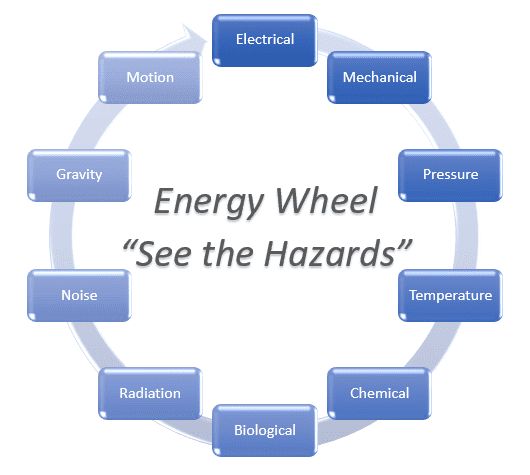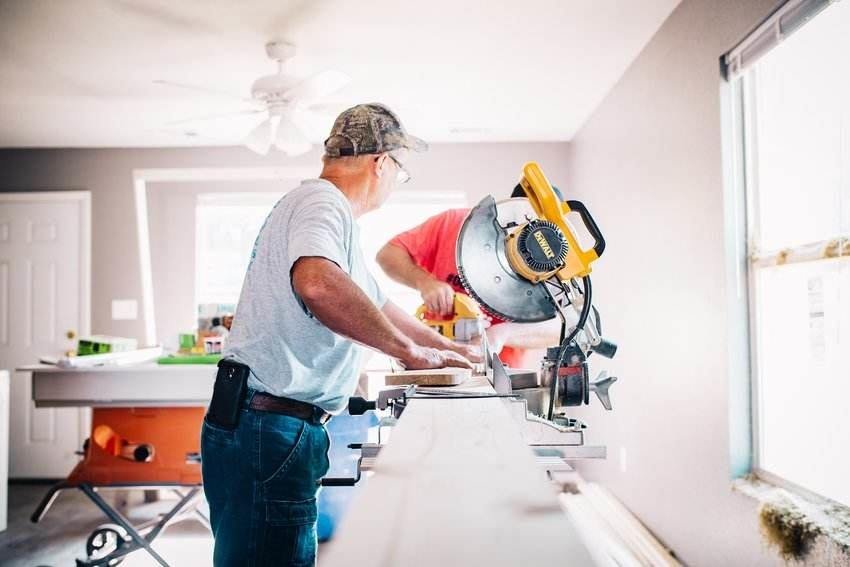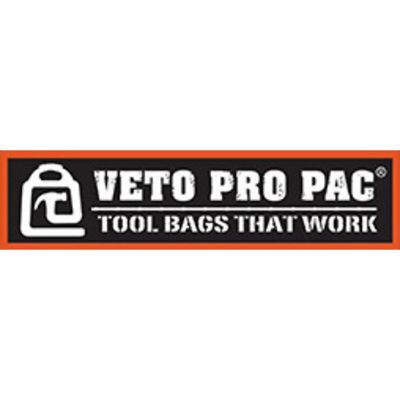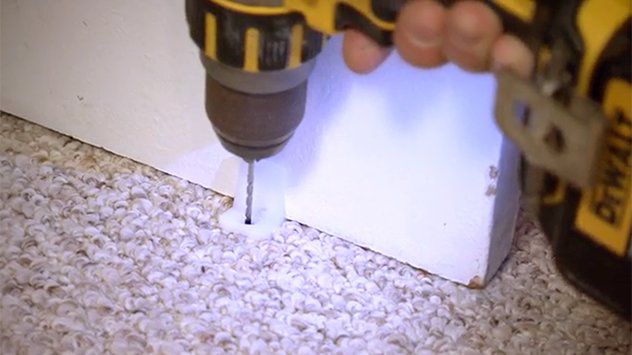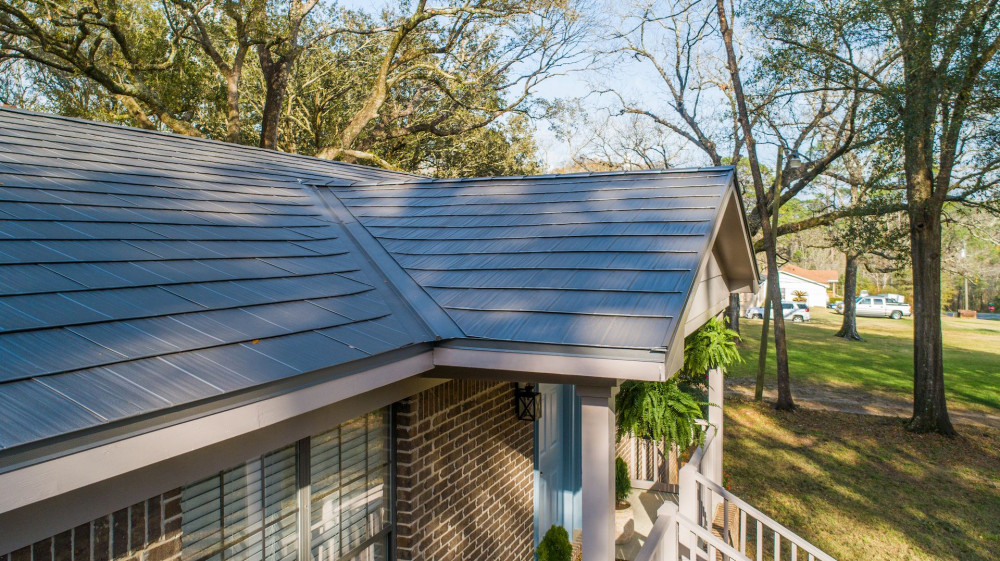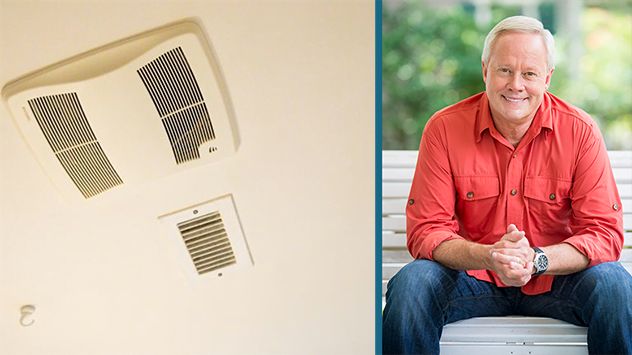Indoor air quality (IAQ) is a term referring to the air quality within and around buildings and structures, especially as it relates to the health and comfort of building occupants.
Radon is an invisible, radioactive atomic gas that results from the radioactive decay of radium, which may be found in rock formations beneath buildings or in certain building materials themselves. Radon is probably the most pervasive serious hazard for indoor air in the United States and Europe, probably responsible for tens of thousands of deaths from lung cancer each year. There are relatively simple tests for radon gas, but these tests are not commonly done, even in areas of known systematic hazards. Radon is a heavy gas and thus will tend to accumulate at the floor level. Building materials can actually be a significant source of radon, but little testing is done for stone, rock or tile products brought into building sites; radon accumulation is greatest for well insulated homes. The half life for radon is 3.8 days, indicating that once the source is removed, the hazard will be greatly reduced within a few weeks. However annually thousands of people go to radon contaminated mines for purposeful exposure to help with the symptoms of arthritis without any serious known health effects, though lung cancer can take many years to develop. Radon mitigation methods include sealing concrete slab floors, basement foundations, water drainage systems, or by increasing ventilation. They are usually cost effective and can greatly reduce or even eliminate the contamination and the associated health risks.
These biological chemicals can arise from a host of means, but there are two common classes: (a) moisture induced growth of mold colonies and (b) natural substances released into the air such as animal dander and plant pollen. Moisture buildup inside buildings may arise from water penetrating compromised areas of the building envelope or skin, from plumbing leaks, from condensation due to improper ventilation, or from ground moisture penetrating a building part. In areas where cellulosic materials (paper and wood, including drywall) become moist and fail to dry within 48 hours, mold mildew can propagate and release allergenic spores into the air.
One of the most acutely toxic indoor air contaminants is carbon monoxide (CO), a colorless, odorless gas that is a byproduct of incomplete combustion of fossil fuels. Common sources of carbon monoxide are tobacco smoke, space heaters using fossil fuels, defective central heating furnaces and automobile exhaust. Improvements in indoor levels of CO are systematically improving from increasing numbers of smoke-free restaurants and other legislated non-smoking buildings. By depriving the brain of oxygen, high levels of carbon monoxide can lead to nausea, unconsciousness and death. According to the American Conference of Governmental Industrial Hygienists (ACGIH), the time-weighted average (TWA) limit for carbon monoxide (630-08-0) is 25 ppm.
Volatile organic compounds (VOCs) are emitted as gases from certain solids or liquids. VOCs include a variety of chemicals, some of which may have short- and long-term adverse health effects. Concentrations of many VOCs are consistently higher indoors (up to ten times higher) than outdoors. VOCs are emitted by a wide array of products numbering in the thousands. Examples include: paints and lacquers, paint strippers, cleaning supplies, pesticides, building materials and furnishings, office equipment such as copiers and printers, correction fluids and carbonless copy paper, graphics and craft materials including glues and adhesives, permanent markers, and photographic solutions.
Legionellosis or Legionnaire's Disease is caused by a waterborne bacterium Legionella that grows best in slow-moving or still, warm water. The primary route of exposure is aerosolization which often release aerosolized water that may enter nearby ventilation intakes. Outbreaks in medical facilities and nursing homes, where patients are immuno-suppressed and immuno-weak, are the most commonly reported cases of Legionellosis. More than one case has involved outdoor fountains in public attractions. The presence of Legionella in commercial building water supplies is highly under-reported, as healthy people require heavy exposure to acquire infection.
The U.S. Federal Government (www.osha.gov) and some States have set standards for acceptable levels of asbestos fibers in indoor air. Many common building materials used before 1975 contain asbestos, such as some floor tiles, ceiling tiles, taping muds, pipe wrap, mastics and other insulation materials. Normally significant releases of asbestos fiber do not occur unless the building materials are disturbed, such as by cutting, sanding, drilling or building remodelling. There are particularly stringent regulations applicable to schools.
Carbon dioxide (CO2) is a surrogate for indoor pollutants emitted by humans and correlates with human metabolic activity. Carbon dioxide at levels that are unusually high indoors may cause occupants to grow drowsy, get headaches, or function at lower activity levels. Humans are the main indoor source of carbon dioxide. Indoor levels are an indicator of the adequacy of outdoor air ventilation relative to indoor occupant density and metabolic activity. To eliminate most Indoor Air Quality complaints, total indoor carbon dioxide should be reduced a difference of less than 600 ppm above outdoor levels. NIOSH considers that indoor air concentrations of carbon dioxide that exceed 1,000 ppm are a marker suggesting inadequate ventilation. ASHRAE recommends that carbon dioxide levels not exceed 700 ppm above outdoor ambient levels. The UK standards for schools say that carbon dioxide in all teaching and learning spaces, when measured at seated head height and averaged over the whole day should not exceed 1,500 ppm. The whole day refers to normal school hours (i.e. 9.00am to 3.30pm) and includes unoccupied periods such as lunch breaks. European standards limit carbon dioxide to 3500 ppm. OSHA limits carbon dioxide concentration in the workplace to 5,000 ppm for prolonged periods, and 35,000 ppm for 15 minutes. Exhaust gas leakages can occur from furnace metal exhaust pipes that lead to the chimney when there are leaks in the pipe and the pipe gas flow area diameter has been reduced.
Ozone is produced by ultraviolet light from the Sun hitting the Earth's atmosphere (especially in the ozone layer), lightning, certain electric devices (such as air ionisers), and as a byproduct of other types of pollution.
A major source of indoor air pollution in developing countries is the burning of biomass (e.g. wood, charcoal, dung, or crop residue) for heating and cooking. The resulting exposure to high levels of particulate matter resulted in between 1.5 million and 2 million deaths in 2000.
Houseplants together with the medium in which they are grown can reduce components of indoor air pollution, particularly volatile organic compounds (VOC) such as benzene, toluene, and xylene. Plants can also remove CO2, which is correlated with lower work performance, from indoor areas. The effect was investigated in one study by NASA for use in spacecrafts. Plants also appear to reduce airborne microbes, molds, and increase humidity. However the presence of plants indoors has also been associated with higher humidity and airborne fungal concentrations.
Environmentally Sustainable Design concepts also include aspects related to the commercial and residential heating, ventilation and air-conditioning (HVAC) industry. Among several considerations, one of the topics to attended to is the issue of indoor air quality throughout the design and construction stages of a building's life.
The topic of IAQ has become popular due to the greater awareness of health problems caused by mold and triggers to asthma and allergies. Awareness has also been increased by the involvement of the United States Environmental Protection Agency. They have developed an "IAQ Tools for Schools" program to help improve the indoor environmental conditions in educational institutions (see external link below).
